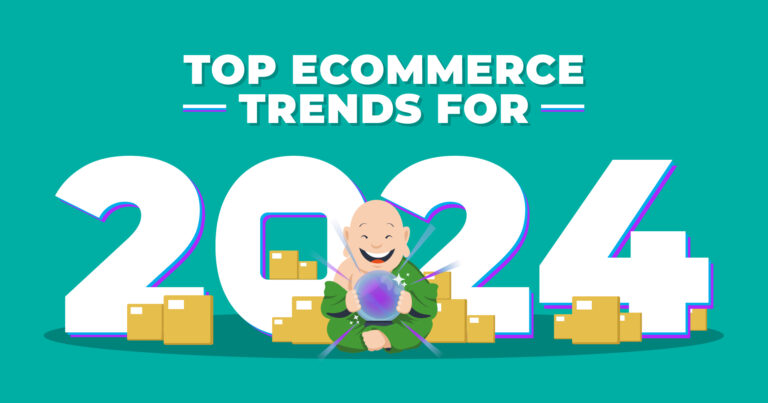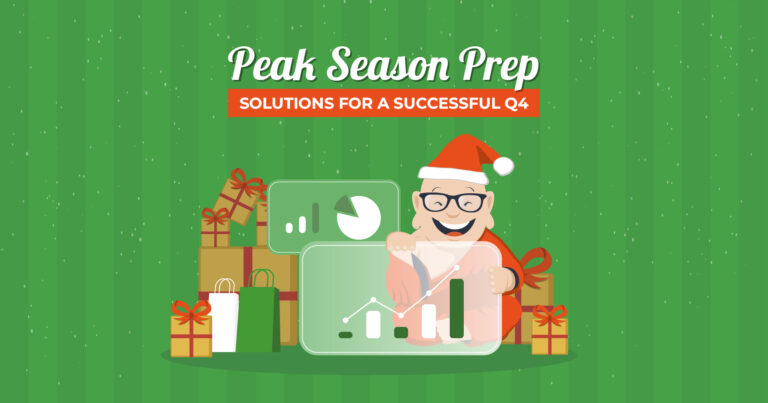How to Craft the Perfect Product Page on Amazon
As an Amazon seller, it goes without saying that you’re facing some pretty stiff competition. With over 2 million active merchants, making it on Amazon requires forethought, foresight, and just a little bit of luck. Speaking of luck, you’ve stumbled upon the right article!
While it might seem like an afterthought in the grand scheme of things, an eye-catching product page is one of the major keys to Amazon success. Put yourself in your customers’ shoes — would you be more drawn to a clear, visually appealing product page or to a messy, disorganized one? If your product page has been holding you back, then these (relatively) quick fixes could be the solution you’ve been looking for.
It’s All About the Details
The bare bones of an Amazon product page are the title, description, and photo. They say the devil is in the details, and, all too often, these are the first three things that sellers don’t get quite right. We’ll talk more about the photo part in a second, but, for now, let’s focus on the title and description.
Have you ever clicked on a product whose title went on forever? Or attempted to read through a nonsensical description? As you can probably guess, these are pretty big no-nos for a seamless shopping experience. When it comes to product presentation, you should prioritize clarity and straightforwardness above all else. That means no unnecessary adjectives, hordes of exclamation points, and, most importantly, proper grammar.
A great writing trick is to think about what makes your product special and highlighting those features. Amazon shoppers are faced with a plethora of options, which is why effectively communicating what makes your store stand out is so important.
Don’t Skimp Out on Photo Quality
With 65% of the population being visual learners, pictures really are worth 1,000 words. Scrolling for your next purchase is all about making split-second decisions, and the way a product is visually presented plays a huge role in that. Fortunately, it doesn’t take a camera wiz to snap the perfect shot!
Nowadays, smartphones are basically powerful little computers, which means crisp images more accessible than they ever have been. Of course, the proper tools are no good without the proper technique, but — shocker — Amazon has you covered! The Amazon Seller App (available for both Apple and Android) comes with a Product Photo Studio feature, which makes adhering to Amazon’s image requirements is as easy as pie. And, if you have the smartphone but not the setup, AmazonBasics sells its very own Portable Photo Studio, specifically tailored for mobile photography.
If the DIY approach fails, investing in professional services is seldom a bad idea. In fact, it can be especially advantageous for high-ticket items that need a little more pizzazz than you can give them.
Be Keyword-Smart
Keywords are the connective link between your store and your prospective audience. Without them, advertising your goods is next to impossible. To assess your store’s visibility, try completing a search for one of your products. Is it easy to find? If not, it may be time to rethink your strategy.
One of the best ways to find relevant keywords for your products is simply by searching for it! Start by typing a relevant keyword and let the power of Amazon Search Autocomplete guide you. For example, let’s say you sell phone cases. Type in “phone case” on the search bar and you’re immediately greeted with tons of suggested keywords, in this case all related to different phone compatibilities.
Lastly, always to be selective and truthful. Never try to rank for search terms that are irrelevant to what you’re selling — it just creates clutter and confusion for both buyers and sellers. Instead, be deliverbate and honest about what your product is… and is not.
Follow the Rules
Rules are meant to be broken — unless you’re an Amazon seller! Before and during your Amazon tenure, make sure you have read and complied with their guidelines, which can be found here and through your own account:
Although it may seem overwhelming at first, the top success stories on Amazon haven’t just learned to play by the rules — they’ve also understood that they can be used to maximize profit and visibility, creating a win-win situation for everyone involved.
Selling on a marketplace like Amazon means access to millions of potential customers, but the tradeoff is a lack of control over your brand. Even though you’ll have to adapt to Amazon’s standards, a top-of-the-line product page blends the best of what you have to offer with the capabilities of the biggest eCommerce company in the world.
P.S. Don’t want to be 100% exclusive with Amazon? We don’t blame ya! Sales channel diversification is super important, which is why you should also check out our article on how to add some pizzazz to your non-Amazon product pages.



